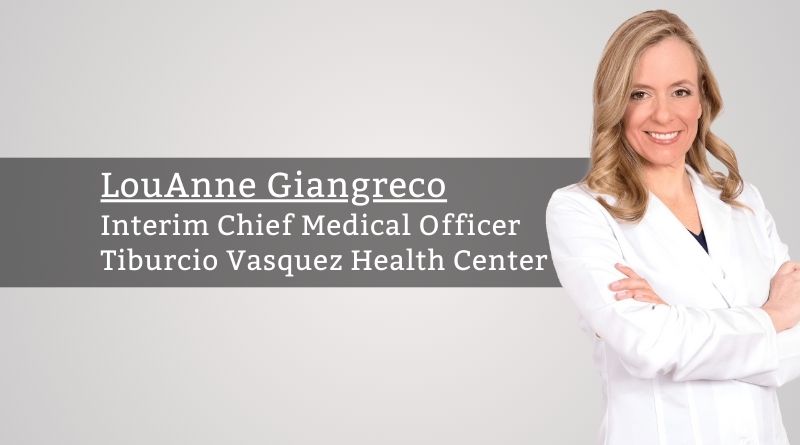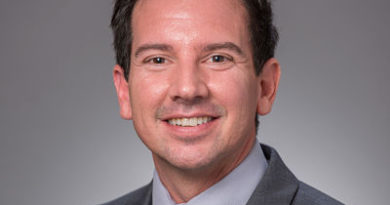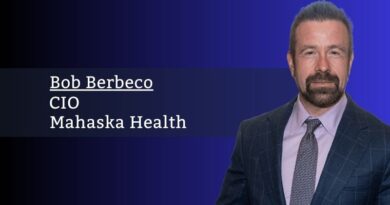Strengthening the Health of Our Patients and Workforce with Technology
By LouAnne Giangreco, Interim Chief Medical Officer, Tiburcio Vasquez Health Center
Recently, I joined a new team at a Federally Qualified Health Center (FQHC) in California. Like many of the teams I have been a part of in the past, we are tasked with doing more for patients, communities, and teams with fewer resources. Our executive team is embarking on a modalities and services strategic exercise as we plan our work over the next several years. Optimizing our utilization of technology, including remote patient monitoring (RPM) and telehealth, will be foundational to our work as we look to deliver better outcomes at a lower cost.
Workforce needs and shortages will continue to drive healthcare organizations, like my own, closer to digital transformation. We are seeing a shortage of critical staff across licensed and unlicensed professions. Those that remain in the workforce work less due to workforce burnout, moral injury, increased caregiving responsibilities, and the need for improved work-life integration. In addition, we have a less experienced workforce with retirements and career changes of our more seasoned colleagues. The time is now to think innovatively about how tools like RPM and telehealth, can help us overcome these challenges.
The time is now to think innovatively about how tools can help us overcome these challenges.
It can be challenging to vet the best digital solution for an organization’s unique needs. Utilizing a population health framework to aid in the selection of technology can allow us to deliver the “right care for the right patient at the right time in the right location.” Individuals who are healthy with acute, episodic needs require a different mix of in-person and digital support than those with complex chronic conditions. Data analytics allows us to best identify the unique needs of our patients. By mapping these needs across the care continuum, we can augment the work of our teams with technology to improve health outcomes, health equity, patient experience, and well being of the care team while decreasing costs.
Patients Who are Well or Rising Risk Factors
Among the patients who are attributed to us or utilize our services, we have a number who are considered generally well or have factors that put them at risk for future chronic conditions. These individuals periodically need health reminders for preventative screening. They may need resources to identify and address social determinants of health (SDOH) needs. When an acute care need arises, a resource to help triage them to telehealth, a primary care visit, an urgent care visit, or the Emergency Department (ED) can support their care. Health coaching may also be beneficial to optimize nutrition, movement, sleep, stress, or tobacco cessation.
There are a variety of digital offerings in the wellness space that not only integrate with personal health monitors, including watches and scales, but also perform health risk assessments. With that information, these solutions structure programs to build healthy habits, provide written and video education, and allow two-way texting with a health coach. These platforms can provide individual and population health data back to the organization to identify those at risk, in need of further support, and allow for the evolution of future programs.
Advanced telemedicine technology can improve diagnostic quality and ensure the right intervention without the need for an in-person visit. The increased accessibility of video visits with peripheral cameras, otoscopes, and stethoscopes, can enable clinicians to gather more information. In addition, new tools are being developed to aid in clinical decision-making through images interpreted by artificial intelligence (AI). This includes a tool to diagnose strep pharyngitis without needing to bring the patient to the clinic for a lab test.
Patients with Chronic Conditions and Advanced Illness
In addition to the services above, patients with chronic conditions benefit from the skills of an interdisciplinary care team. Chronic conditions can be better managed through an integrated approach with registered dieticians, pharmacists, respiratory therapists, social workers, and nurses. Empowering these teams with data and technology can expand both focus and reach.
For clinics, such as mine, with multiple satellite locations, bringing these services to patients without technology would be challenging. Competition exists in the market for professionals with these skill sets. RPM with digital care management support can improve the care of patients and reduce the need for in-person visits. Through this technology, the interdisciplinary team can access patient data, from blood glucose levels to blood pressure readings, to make timely decisions and prevent the need for in-person care. Telehealth can bring a dietician to the home to look in the cabinet or a pharmacist to the kitchen table to review pill bottles. Utilizing a full or partial virtual workforce can improve the ability to recruit and retain these key roles. Furthermore, it can alleviate the additional strain for busy in-clinic physicians, advanced practice providers, and medical assistants.
Conclusion
Telehealth and RPM solutions can assist in the population health management (PHM) of patients to improve outcomes and experience while opening availability and accessibility in busy clinic schedules for patients who need in-person services. This technology can also allow our workforce to work from the location of their choice at the time that works best for them. Through a population health approach, we can strategically deploy solutions to individual patients that not only improve the health and well-being of our patients, but also that of our workforce.



